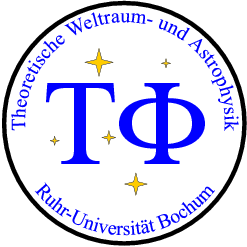Characteristic plasma parameters
The electron temperature is assumed to be the same as the ion temperature if not stated different. The plasma consists of electrons and protons, where charge neutrality is assumed. For a neutral gas it is assumed hat it consists of neutral hydrogen atoms (not moelcules), as in the interstellar medium. Thus care must be taken when using the derived parameters.
Move the mnouse over the parameter symbols to get more information

